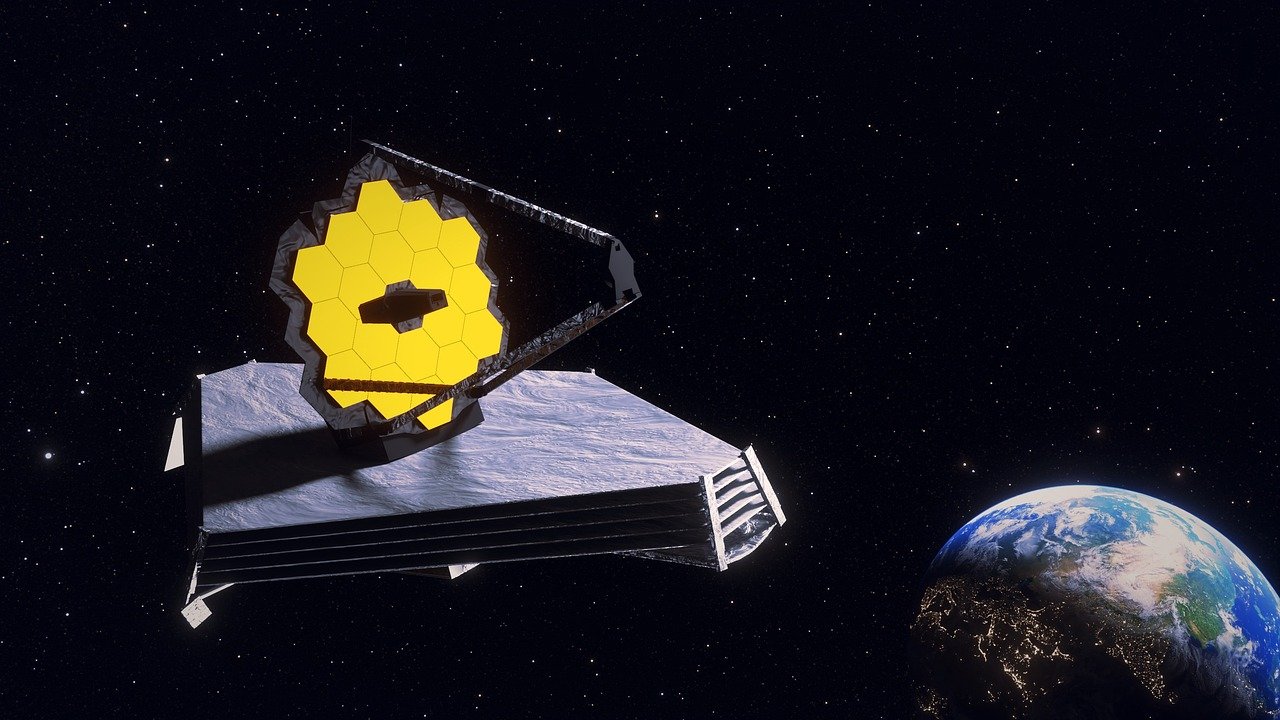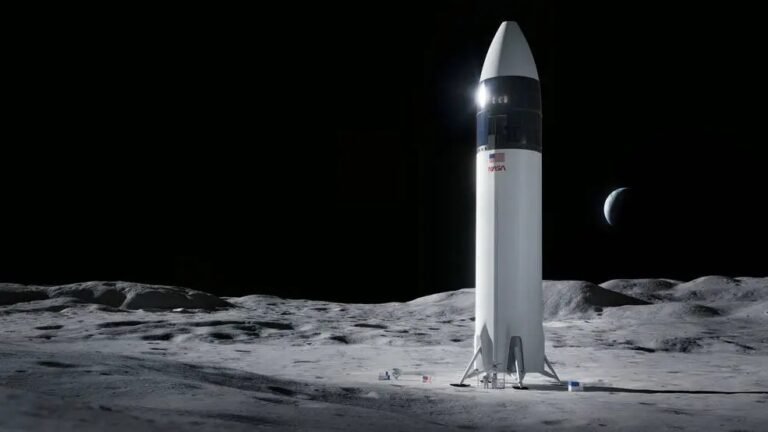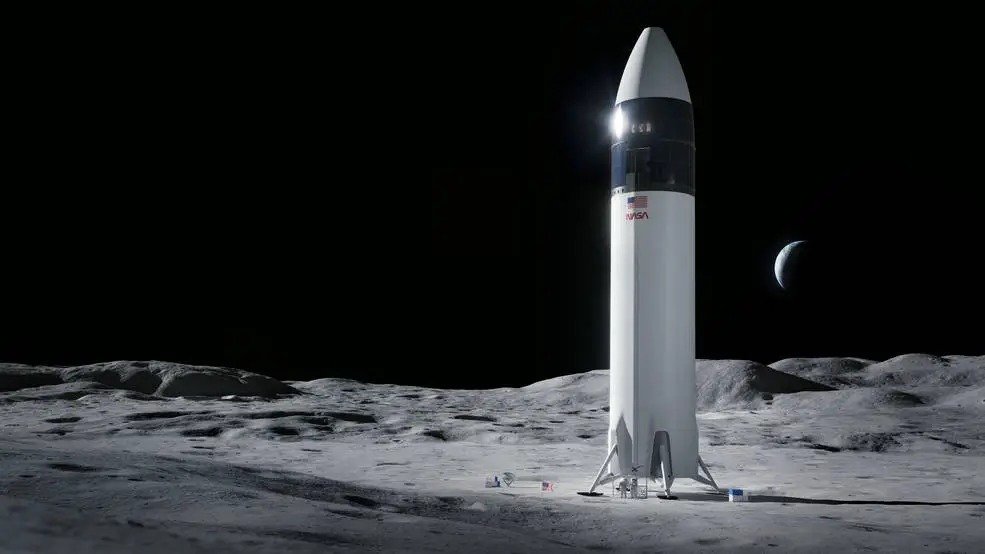Introduction
The James Webb exoplanets atmospheres discovery represents a major breakthrough in space science. Using advanced technology, the James Webb Space Telescope has found several exoplanets with thick atmospheres — a key sign that these distant worlds may support life. These findings deepen our knowledge of the galaxy and offer new hope in the search for habitable planets.
What James Webb Exoplanets Atmospheres Research Reveals
Since its launch, the James Webb Telescope has been delivering stunning data from deep space. Recent results highlight:
- Multiple exoplanets orbiting within habitable zones of their stars.
- Detection of atmospheric components like water vapor, carbon dioxide, and methane.
- Signs of cloud cover and heat distribution — critical for sustaining life.
These James Webb exoplanets atmospheres discoveries are helping scientists reevaluate how we define habitability beyond Earth.
How Scientists Detected the Atmospheres
The James Webb Space Telescope uses powerful infrared sensors to study distant planets:
- It observes how starlight passes through an exoplanet’s atmosphere.
- Spectroscopic analysis identifies gases based on how they absorb and scatter light.
- Light wavelengths and their shifts reveal atmospheric temperature and chemical structure.
With this advanced data, the telescope brings habitability studies beyond Earth to a new level of accuracy.
Why James Webb Exoplanets Atmospheres Matter for Life
Finding atmospheres on exoplanets means:
- The chance of stable temperatures that can keep water in liquid form — essential for life.
- Possible presence of organic molecules linked to early life processes.
- Ability to compare planets across star systems, placing Earth into a broader cosmic context.
These space exploration breakthroughs 2025 form the base for future missions that aim to detect actual biosignatures.
Global Collaboration in James Webb Discoveries
The progress in James Webb exoplanets atmospheres detection is possible thanks to cooperation among leading global space agencies:
- NASA, ESA, and CSA coordinate missions and data analysis.
- Universities worldwide engage students in hands-on research.
- Plans are underway for future telescopes like the Habitable Worlds Observatory.
These discoveries foster a shared global goal: uncovering life-friendly worlds beyond Earth.
What’s Next in James Webb Exoplanets Atmospheres Search?
This is just the beginning. As more data arrives, scientists expect to:
- Identify planets more similar to Earth.
- Possibly detect the first chemical signs of alien life.
- Inspire next-generation missions to explore habitable worlds.
While Earth remains our home, the vast universe may hold many more like it — waiting to be found, understood, and perhaps visited someday.
For more news and updates, please visit This Page.















